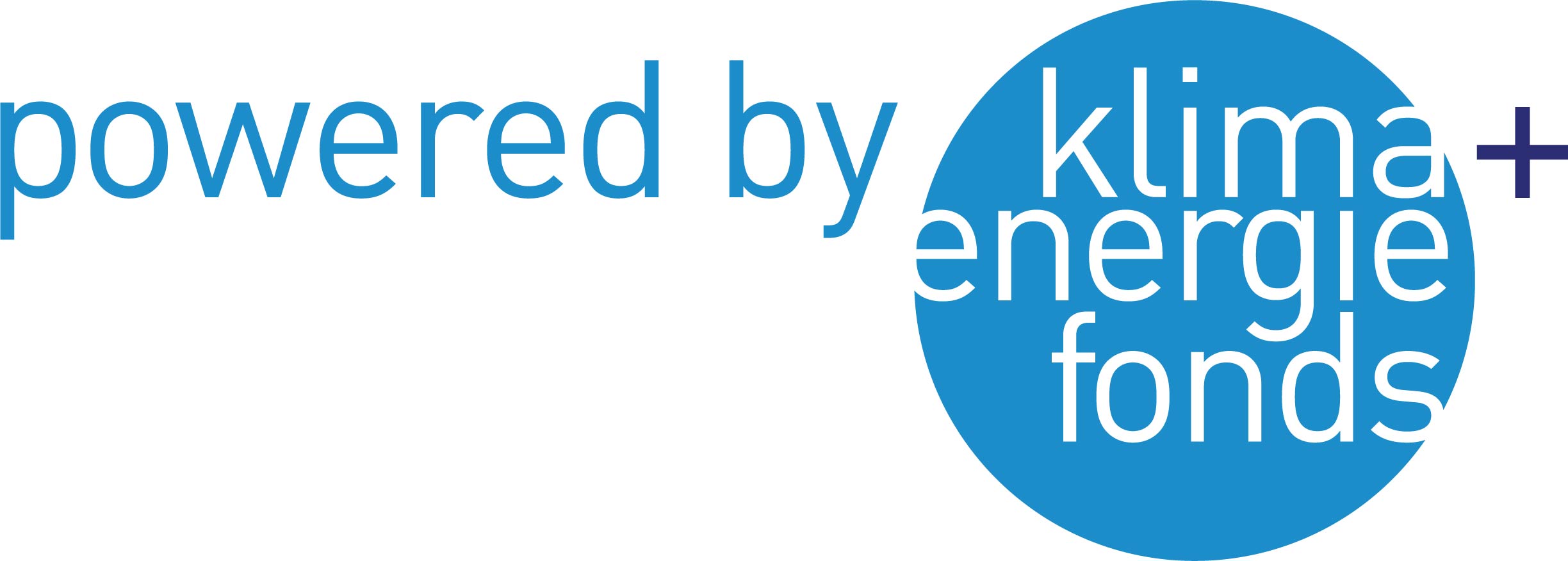The early transformation of the energy system to a climate-friendly energy supply based on renewable energies is a now generally recognized necessity. Similarly, there is widespread consensus that there must be a mix of different technologies to meet this challenge.
In recent years, the expansion of wind power and photovoltaics in particular has been driven forward, but these can be problematic for grid stability due to their highly fluctuating power generation. In addition, these power generation facilities are generally located far from centers of electricity demand, necessitating the construction of large transmission lines or electricity storage or power-to-gas systems.
The project planning of large transmission lines takes a lot of time and cannot keep up with the installation of wind power and photovoltaic systems. Electricity storage or power-to-gas systems are still in the development phase or at market entry and therefore have little practical relevance.
However, biomass-based technologies for energy generation, above all biogas as an energy source, are suitable for generating electricity on demand. Existing biogas plants, like wind power and photovoltaic plants, are very decentrally positioned. This results in the potential for biogas plants to act as system service providers and to compensate for generation fluctuations of other decentralized energy producers with the electricity generated.
Since the operational changeover to the provision of balancing energy can be carried out relatively quickly, it is possible to make a contribution to grid stability in the short term. This can also support further expansion of wind power and photovoltaic systems.
The aim of this project is to determine in a practical way – using the example of the biogas plant in Bruck/Leitha – which technical equipment and control applications are necessary for a market- and system-optimized operation of biogas plants for the provision of demand-oriented generated electricity.
Flexible operation of biogas plants, which apart from the power generation unit also includes other parts of the plant such as the feeding unit, is still little explored.
On the basis of plant data to be collected, a process simulation will be created in the project, which will allow various operating states to be simulated. The biogas or power generation at the plant is to be controlled by market signals as well as forecast models for the expected control energy demand. For this purpose, a control concept for the entire plant is being developed, which allows automated, economical operation under the technically possible framework conditions.
The transferability to other biogas plants and at the same time the greatest possible economic efficiency within the framework of the new direct marketing instruments are the goal of the project.
Project partners:





Project funding by:



